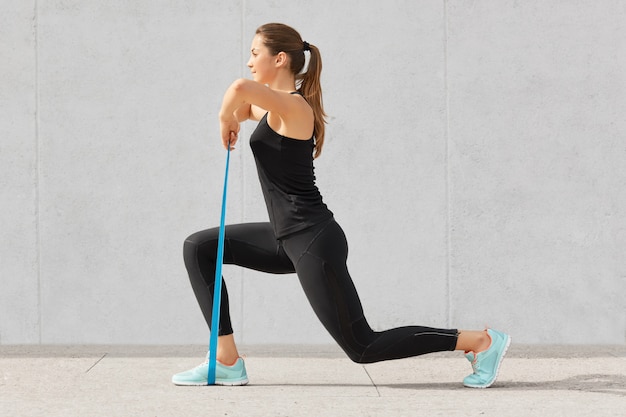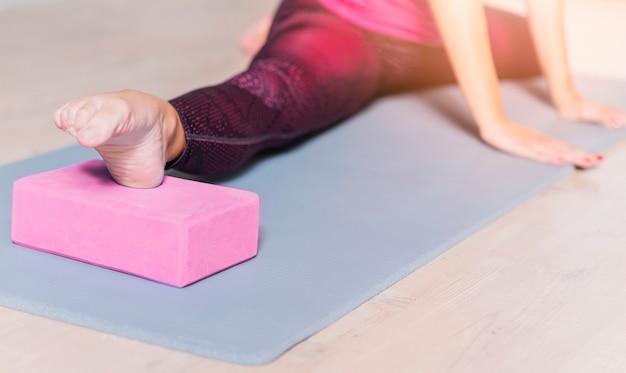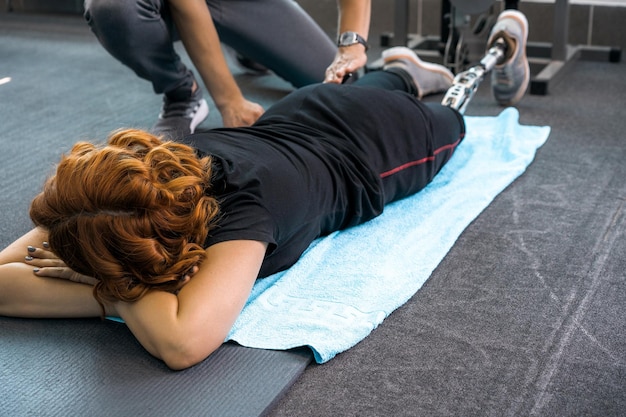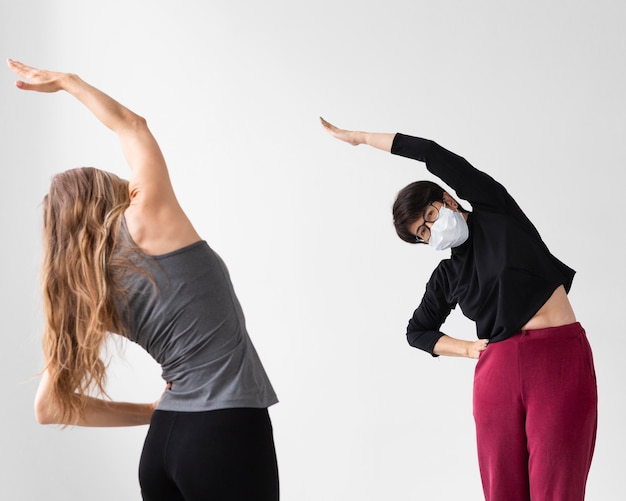Stretching is often overlooked in fitness routines, yet it plays a crucial role in injury prevention, flexibility, and overall performance. While dynamic stretching is ideal before workouts, static stretching—holding a stretch for 15–60 seconds—shines during cool-downs and recovery. Research suggests that while static stretching before exercise may not prevent all injuries, it significantly reduces muscle soreness and the risk of certain soft-tissue injuries when applied correctly.
This comprehensive guide explores 20 effective ways to use static stretching to reduce injury risk, explains the science behind each method, and offers practical adaptations and equipment recommendations.
Regular static stretching increases the length and elasticity of muscles and tendons. More elastic tissues are less likely to tear under stress.
Greater range of motion reduces strain on joints during movement, decreasing the likelihood of overuse injuries.
Static stretching after exercise helps relax tight muscles, lowering the risk of delayed onset muscle soreness (DOMS), which can impair movement and increase injury risk in subsequent sessions.
Tight muscles can pull joints out of alignment. Stretching dominant or overused muscles helps restore balance between opposing muscle groups (e.g., hamstrings vs. quadriceps).
Incorporating static stretches on rest days supports blood flow and tissue repair, preparing the body for future physical demands.
Runners benefit from stretching calves, hip flexors, and hamstrings to reduce strain on knees and Achilles tendons.
Tight chest and hip flexors contribute to poor posture. Stretching these areas helps align the spine and reduce back injury risk.
Tight hamstrings are a common cause of lower back and leg injuries. Regular static stretching improves flexibility and reduces strain during explosive movements.
Athletes in sports like swimming or tennis should stretch the chest, shoulders, and lats to maintain shoulder joint stability.
Static neck and upper trapezius stretches relieve tension from prolonged sitting, reducing the risk of chronic strain.
Tight hip flexors from sitting can lead to lower back pain. Stretching them restores natural pelvic alignment and movement efficiency.
Under guidance, static stretching helps regain flexibility after sprains or strains, preventing re-injury.
Static stretching is most effective after workouts when muscles are warm. This timing maximizes flexibility gains and minimizes injury risk.
While static stretching post-exercise is beneficial, doing it before strength or sprint training may reduce power output. Save it for cool-downs.
Using a foam roller before static stretching helps release muscle knots, making stretches more effective and reducing injury risk.
Bands provide gentle assistance, allowing you to deepen stretches safely—especially useful for hamstrings and shoulders.

Blocks help maintain proper form in stretches like seated forward bends, reducing strain on the lower back.

A stretch strap allows controlled, isolated stretching—ideal for rehab or targeting hard-to-reach muscles like hip adductors.
Holding stretches moderately for 30 seconds daily is safer and more effective than aggressive stretching once a week.
Older adults or those with limited mobility can use chairs or walls for support, ensuring safe and effective stretching.
Static stretching is a powerful tool when used appropriately. While it’s not a magic bullet for all injuries, integrating it into your recovery routine enhances flexibility, reduces soreness, and supports long-term joint and muscle health. Pair it with proper warm-ups, strength training, and rest for optimal injury prevention.
Always listen to your body—stretch to the point of mild tension, never pain. With consistency and the right tools, static stretching can become a cornerstone of your fitness journey.

Fitness

Fitness

Fitness

Fitness

Fitness

Fitness

Fitness

Fitness

Fitness

Fitness

Fitness

Fitness

Health

Fitness

Health

Health